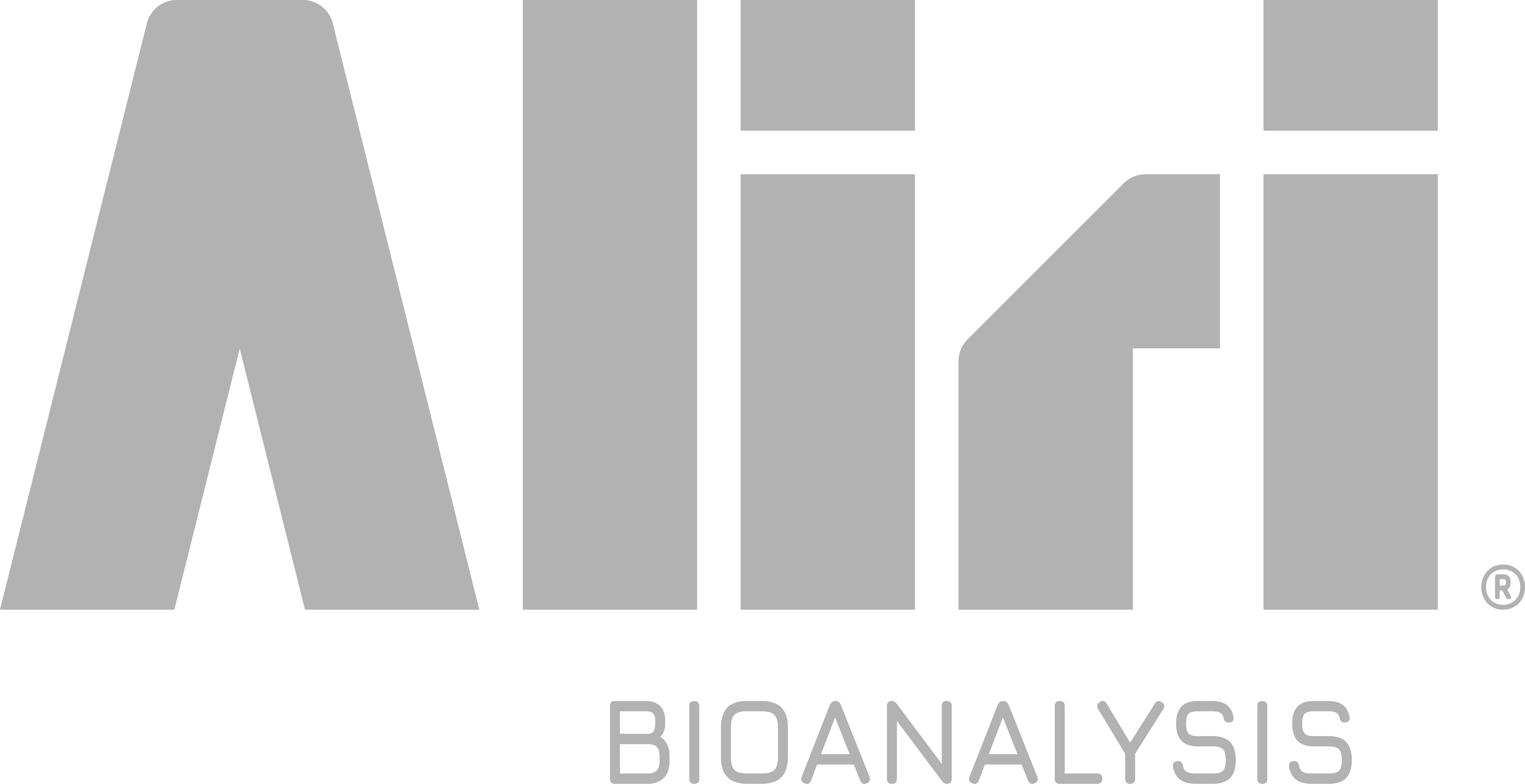We understand the challenges that come with the rise of various therapeutic areas
Aliri’s spatial biology and spatial bioanalysis solutions provide cost- and time-saving benefits across many therapeutic areas including:
Our spatial imaging technology can help answer the key question –
does your drug reach the tumor cells?
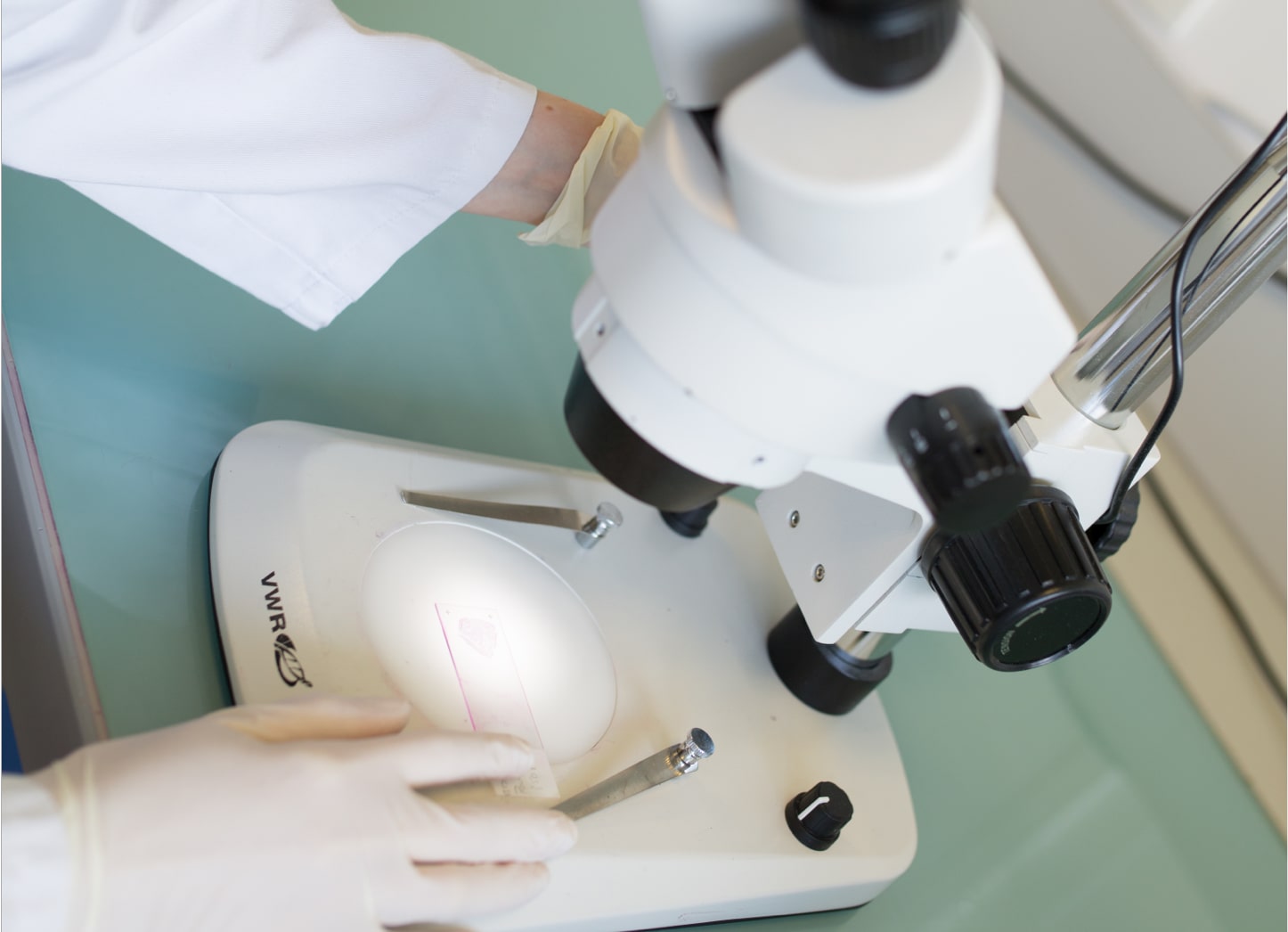
In heterogeneous tumor micro-environment, there are 5 key parameters that required to assess a cancer treatment:
- Drug penetration and exposure to tumor cells at the expected concentration
- Biomarker of pharmacodynamics
- Biomarker of prediction to the response of biotherapies
- The different levels of vascularization and endothelial cells
- Cell phenotype and immune cell infiltration
- Bioananalytical sample analysis
Our technology enables us to quantify and localize drugs and biomarkers in the targeted cells. These unique innovations (spatial bioanalysis, molecular imaging, Multimaging software, spatially resolved gene expression, high multiplexing histology) help you to define the potential applications of your treatment to different tumor and cancer types to reduce the risk of failure.
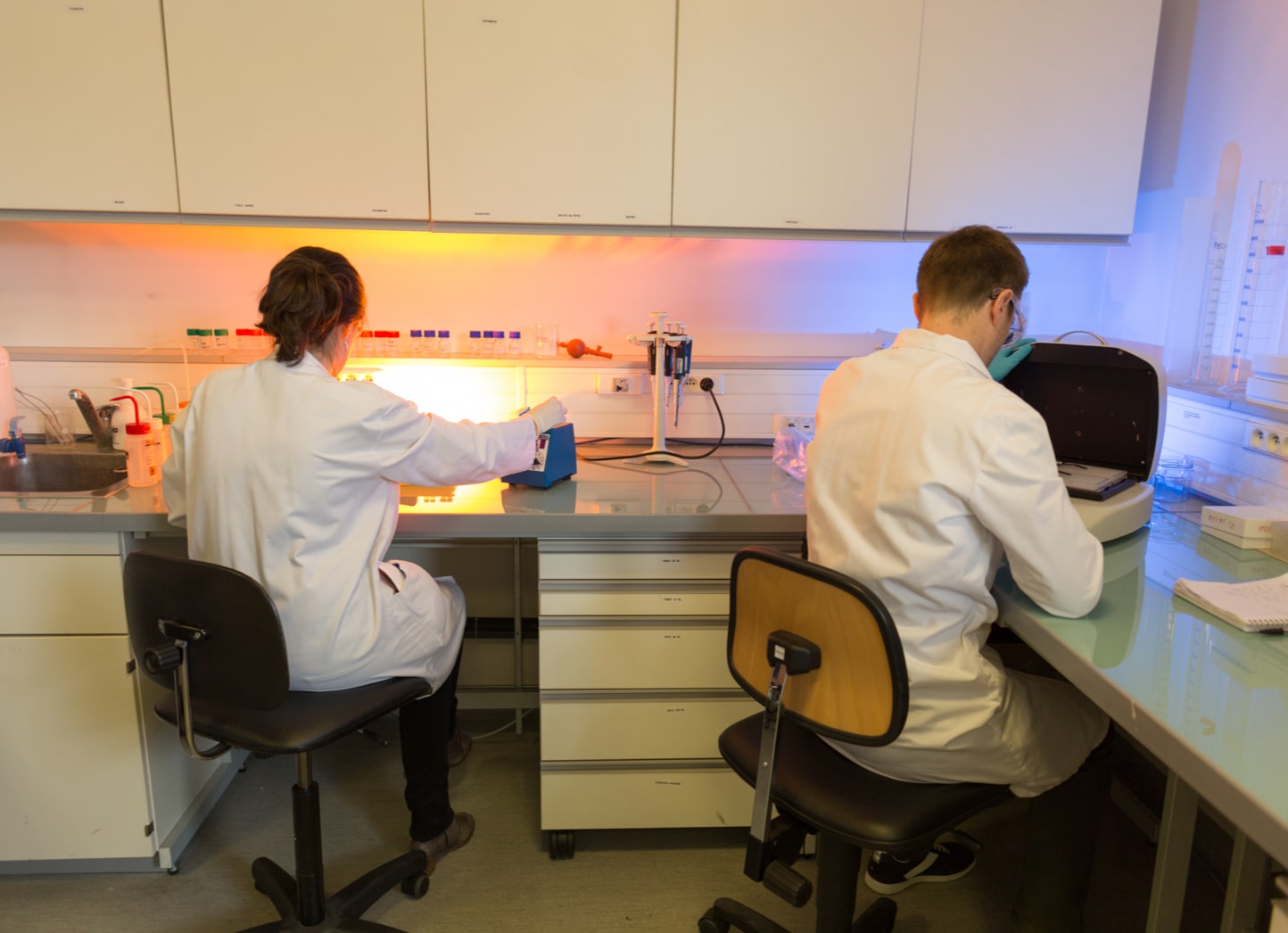
Aliri focuses on the skin structure to fight against acne, rosacea, psoriasis and more, or to develop new healthcare products.
Information on localization and penetration within the skin is important to understand the potential activity of drugs and new APIs and to avoid misinterpretation. Our offering of mass spectrometry imaging and advanced histology platforms can investigate the path of penetration and the concentration of drugs, APIs, plant extracts, metabolites, and biomarkers.
Dermatology process:
- In vitro or in vivo skin penetration
- Molecular accumulation in specific histological structures (epidermis, dermis, hair follicles,
sebaceous glands) - Penetration profiles of your molecules from the Stratum corneum to the deep dermis
- Screening of different formulations to allow the best histological exposure
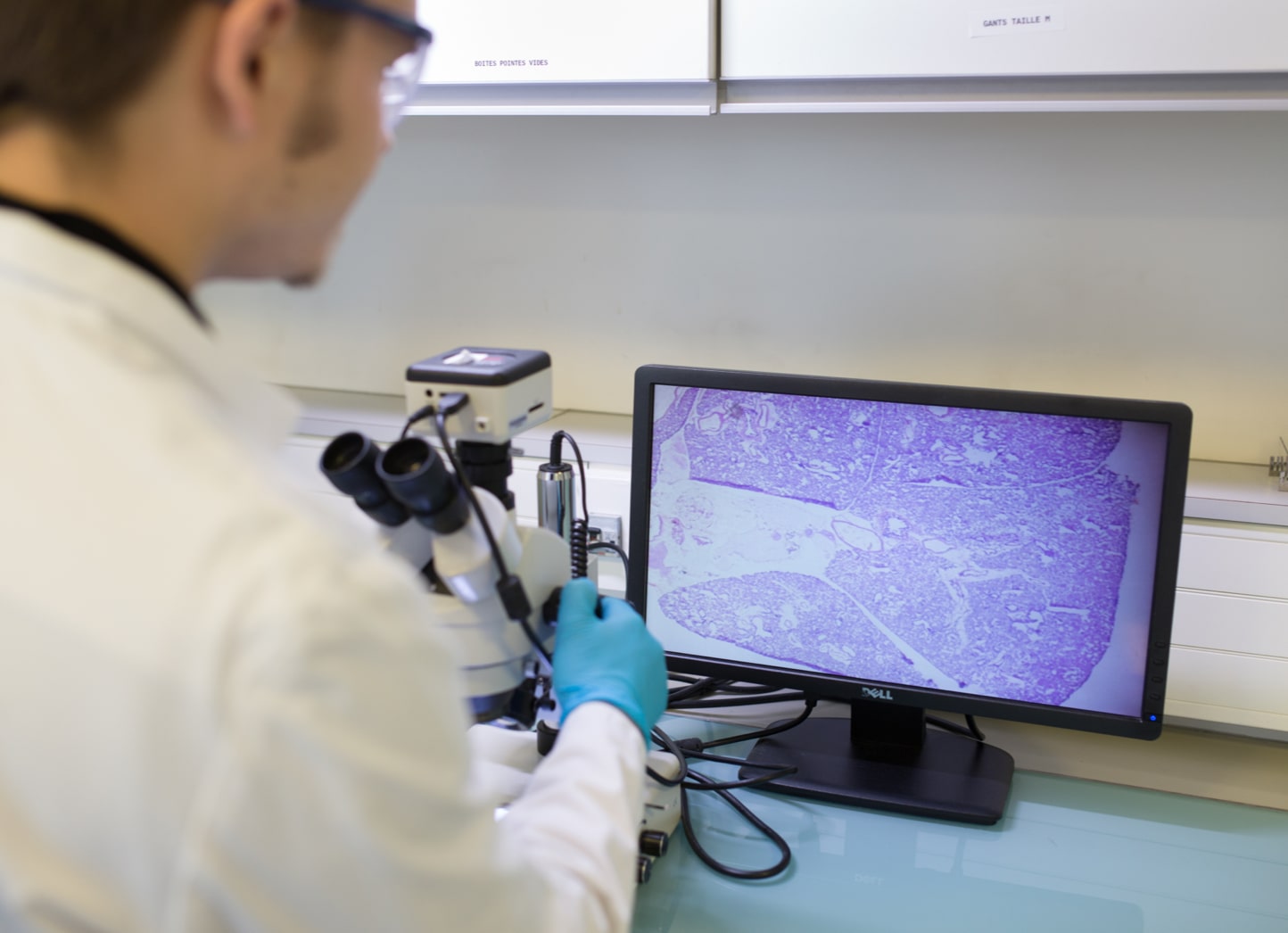
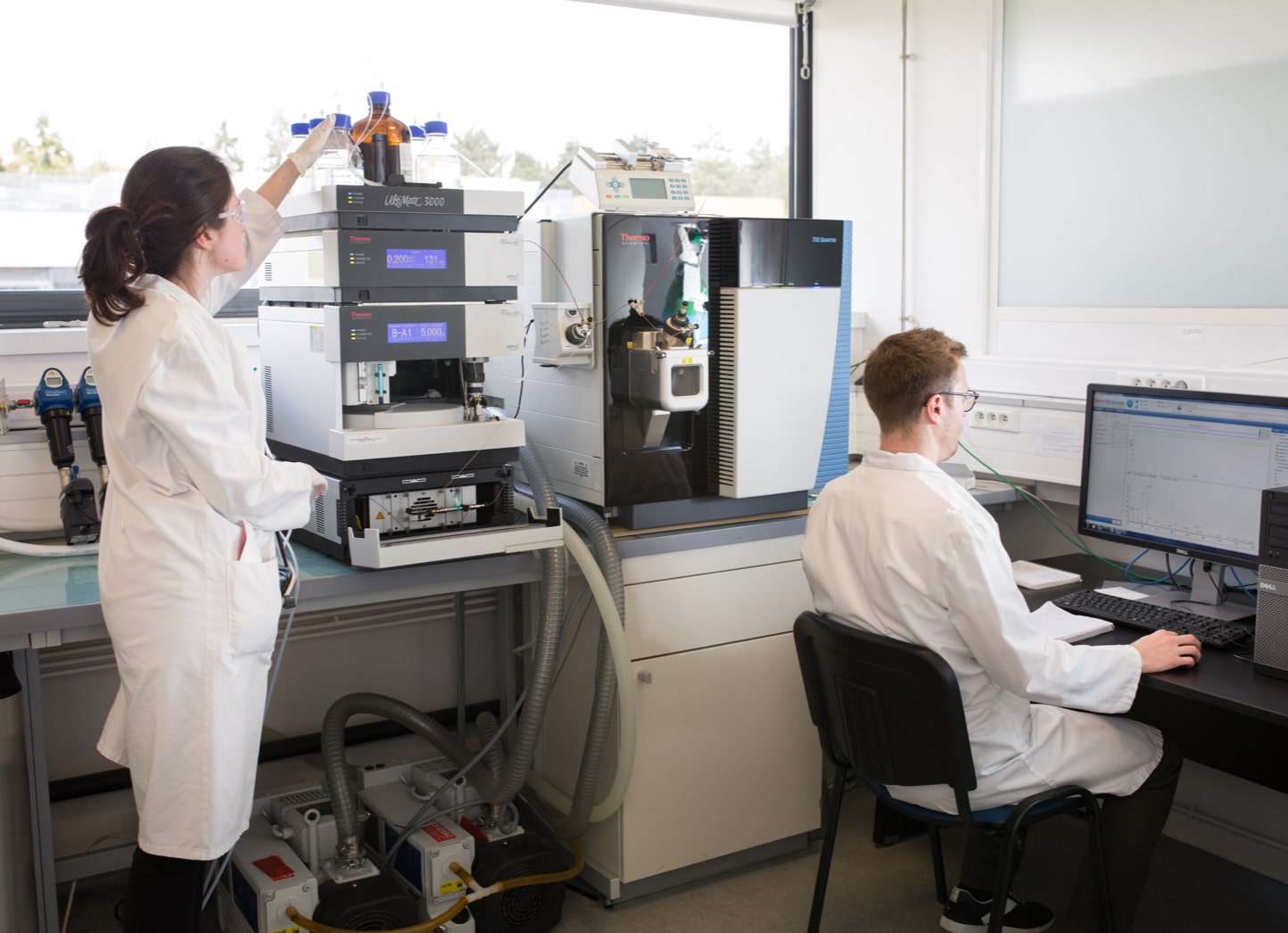
Let us work with you to gain understanding and data on your ophthalmology project.
We can work in many different areas: cornea, iris, iridocorneal angle, sclera, choroid, retina, vitreous & aqueous humor, and the optic nerve.
Ophthalmology process:
- Quantification of drug and metabolites in specific regions from the anterior to posterior
chambers of the eye - Research and identification of unknown metabolites
- Untargeted differential analysis in eyes to discover potential biomarkers
- Target engagement assessment at a cellular level without labeling
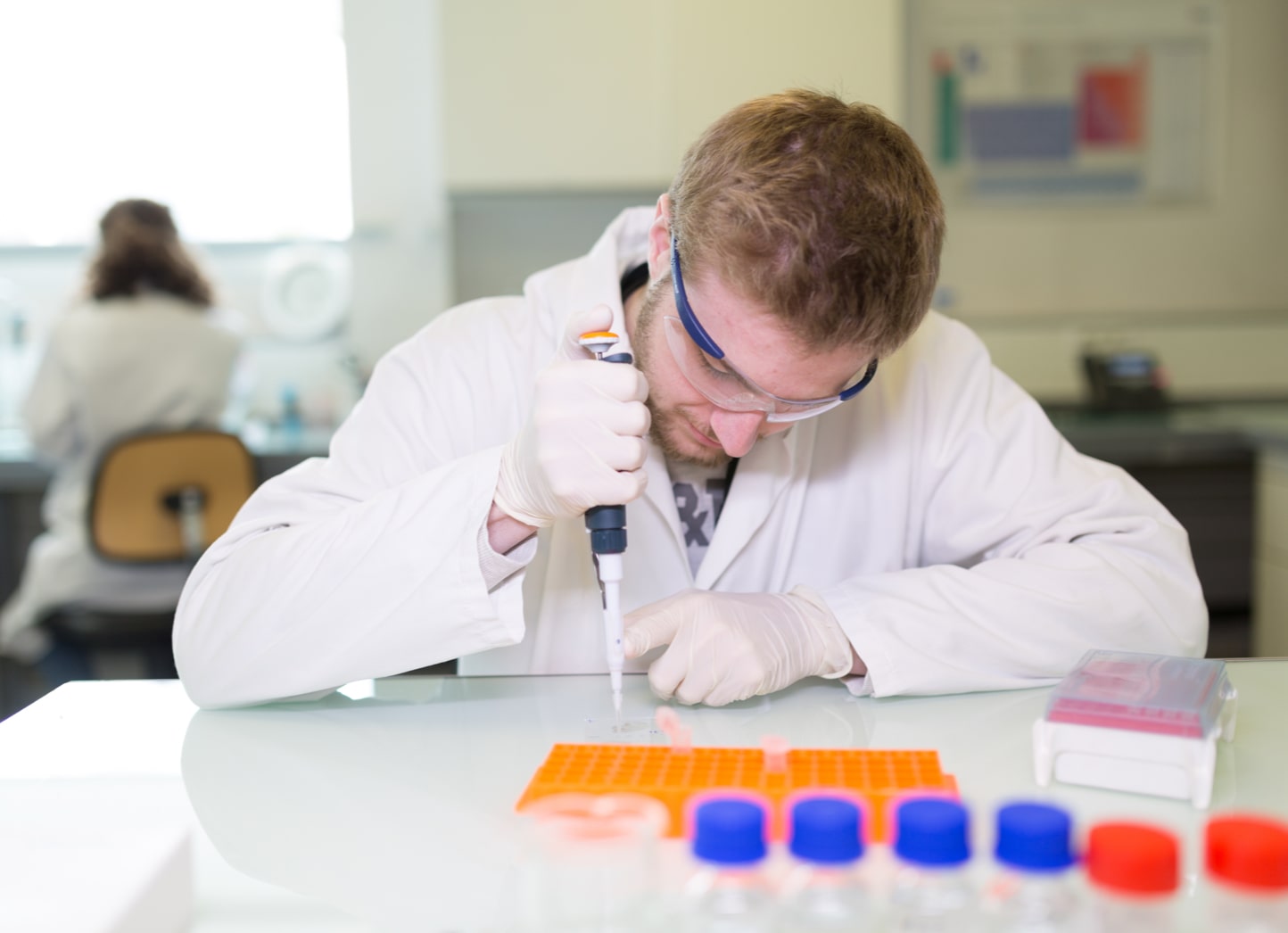
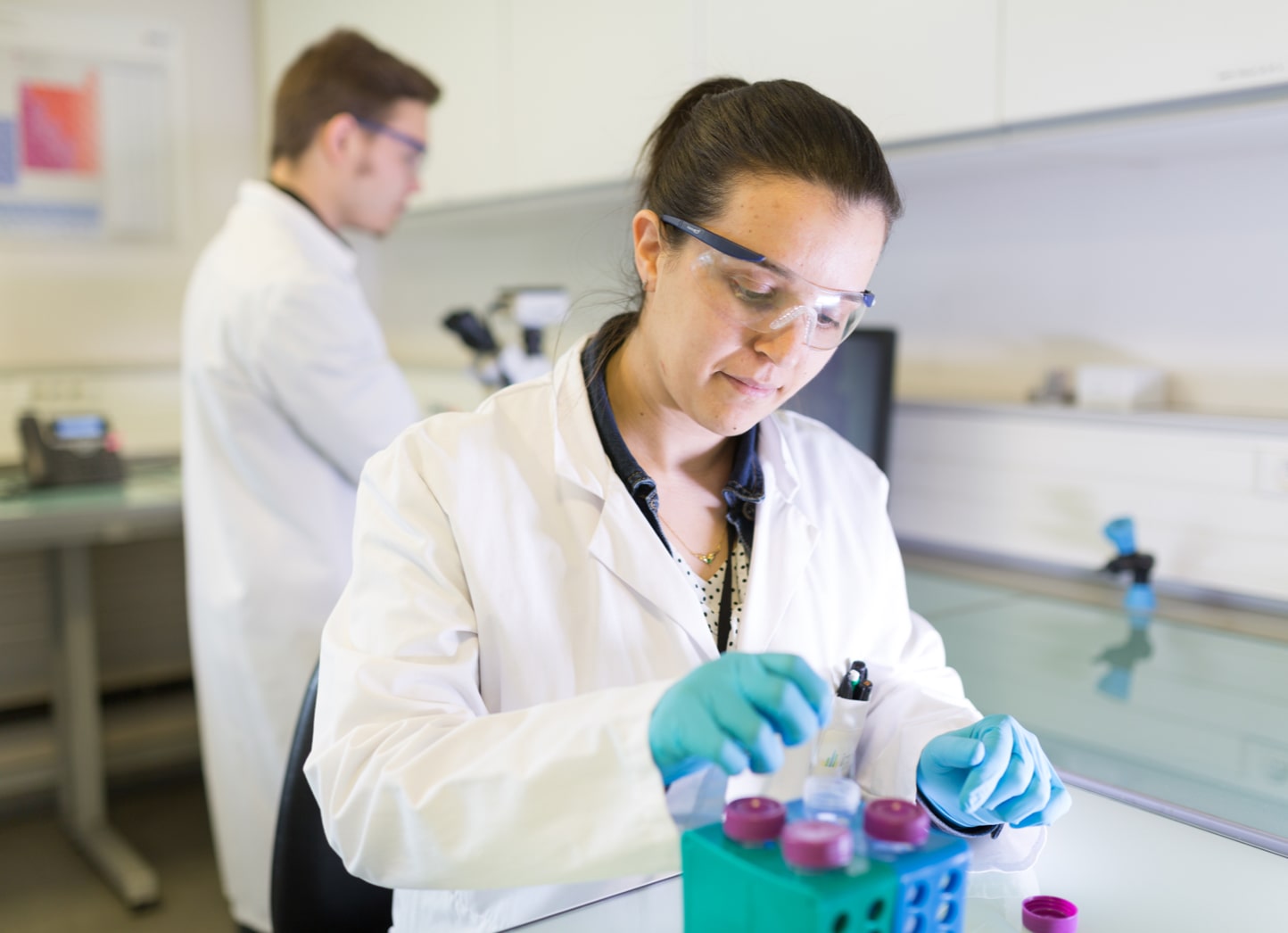
Due to aging and risk factors, experts are seeing a steady rise in respiratory diseases.
Therefore, the heightened focus is causing companies to research and invest in this area.
Respiratory disease process:
- Pharmacokinetics of drug and metabolites in different regions of the lungs
- Research and identification of unknown metabolites related to efficacy or toxicity events
- Study different forms of drug administration and the impact into the localization (aerosol, dry powder, etc.)
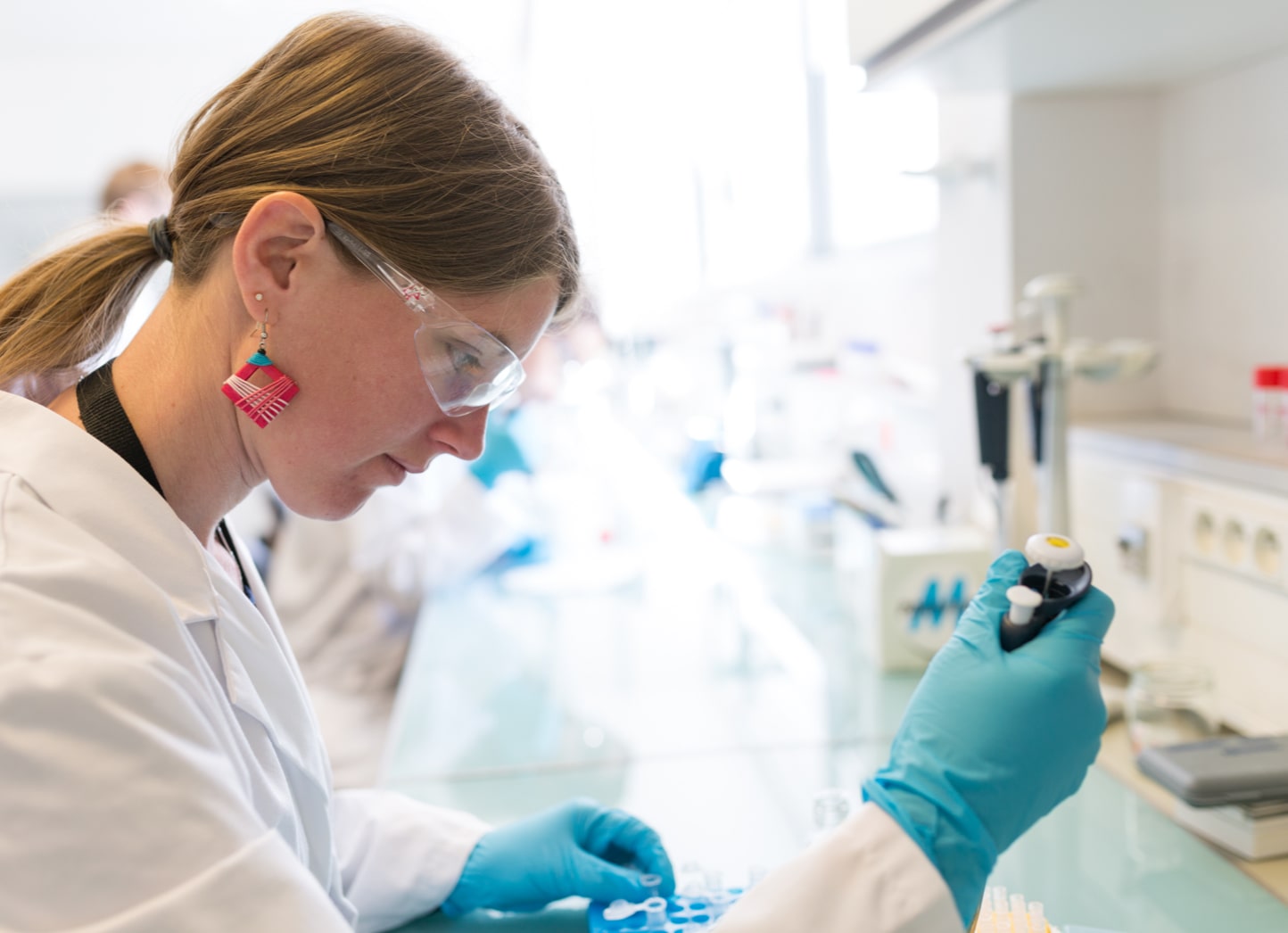
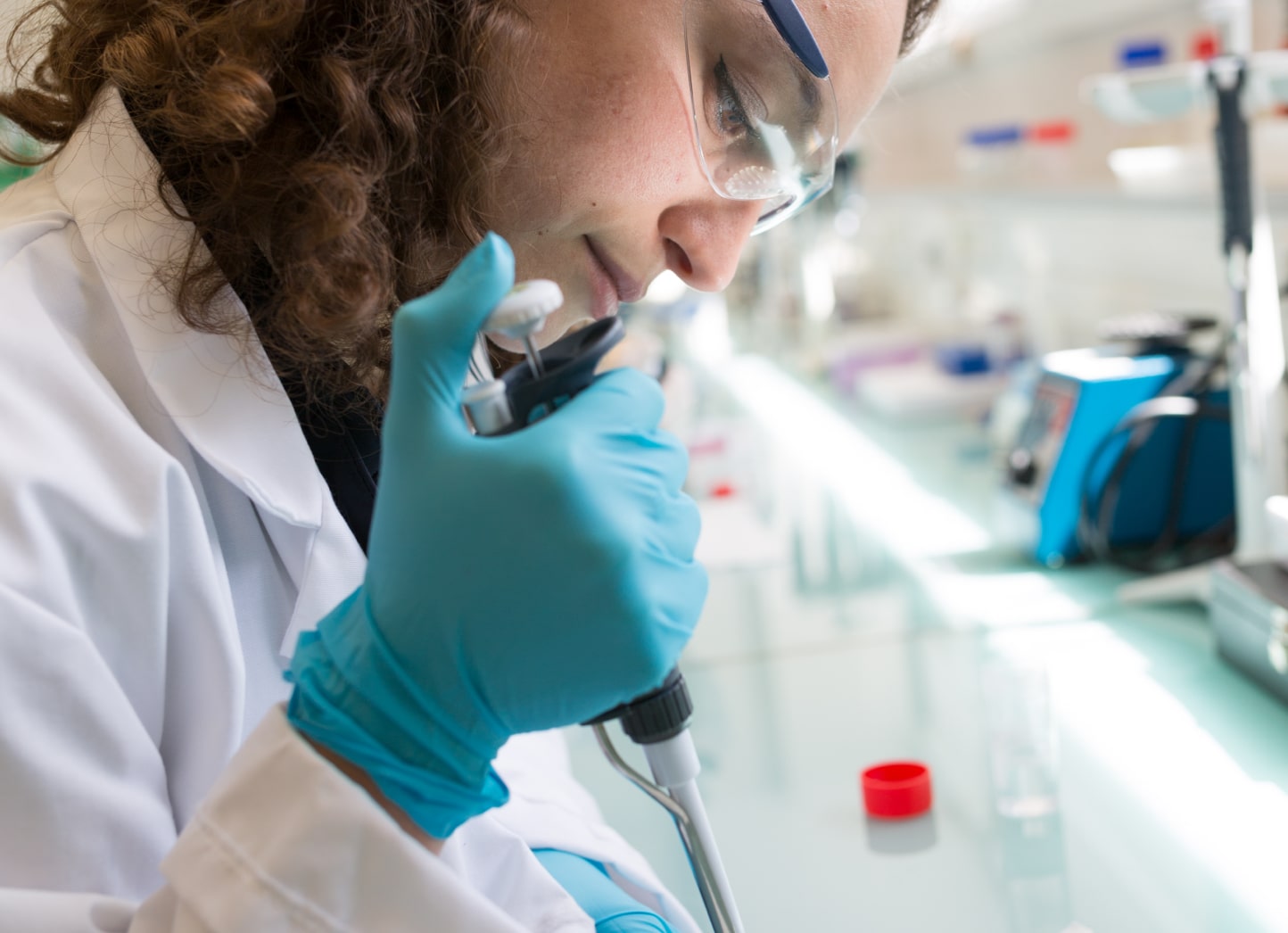
Aliri offers services that can quantify distribution of drugs and biomarkers into the brain structure.
Information on drug distribution and penetration in the brain is important to assess the potential activity and efficacy of drugs. We also propose whole body imaging to measure outside the brain to look at other drug accumulation and activities.
- With a GLP-like environment and team of experts in CNS, we can select section plans and specific orientation into the brain to measure drug and biomarkers distributions in specific regions (hippocampus, cortex, etc.) and to study the blood brain barrier (BBB) penetration
CNS process:
- Distribution & quantification of a drug candidate and its metabolites
- Measure gene, protein or lipid levels in a multi-omics platform
- Measure the concentration of neurotransmitters and other small biomarkers
- Measure toxicity activities to neurons
- Drug quantification combined with protein imaging
- Ex vivo blood brain barrier crossing


